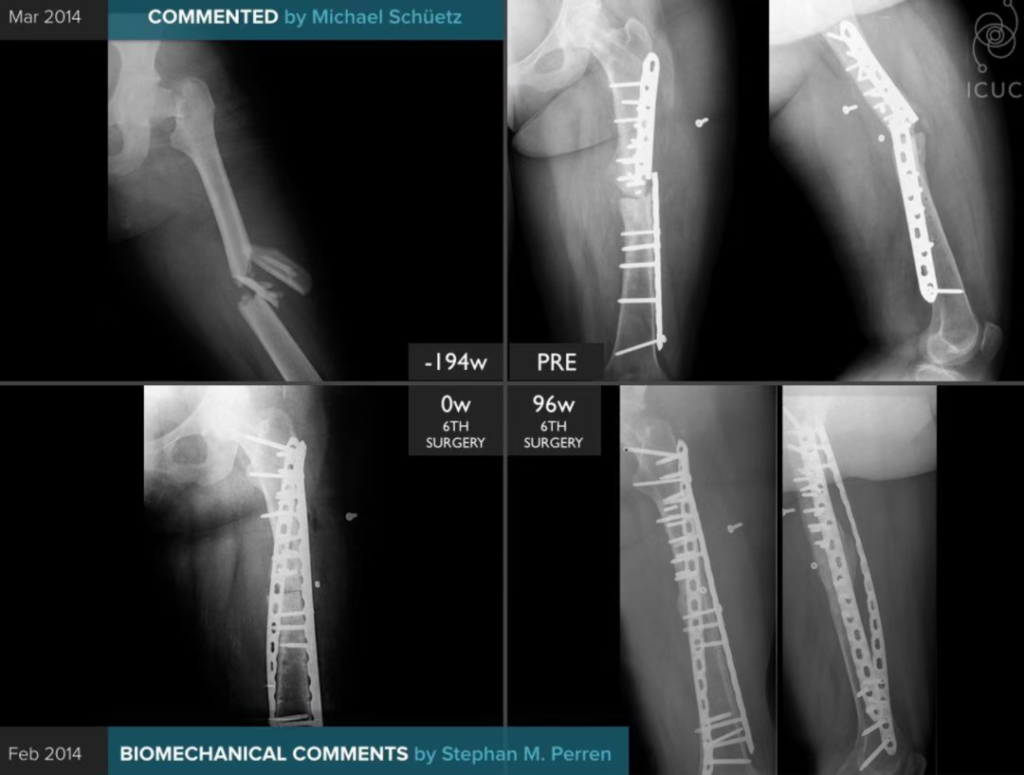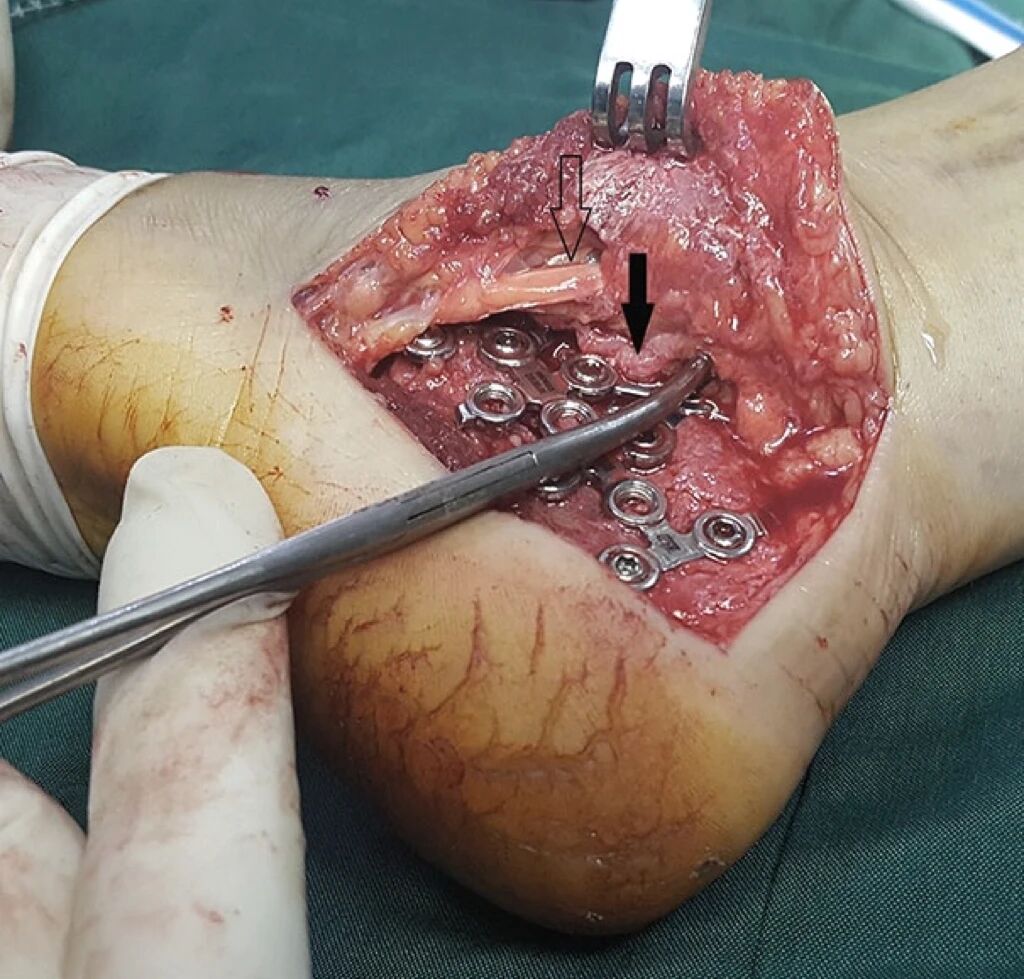I’ll provide a detailed overview of gold-standard diagnostic and treatment methods in orthopedics, including additional context and emerging trends.
Diagnostic Methods:
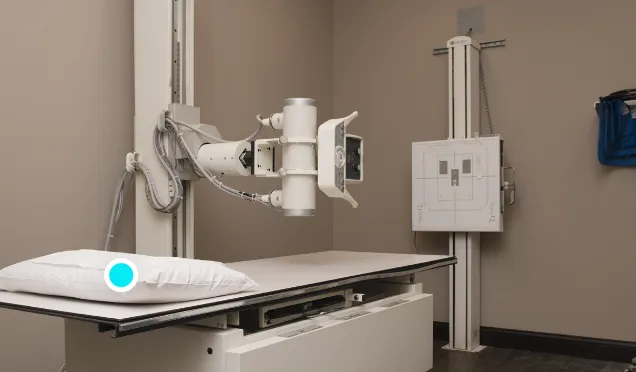
X-rays (Radiographs):
- The gold standard for initial assessment of fractures, dislocations, and degenerative conditions
- Weight-bearing views for lower extremity alignment
- Stress views for ligamentous injuries
- Digital radiography improves image quality and reduces radiation exposure
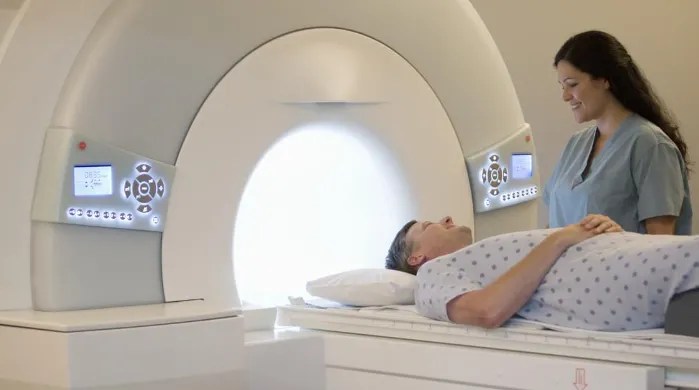
- The gold standard for soft tissue injuries and many spinal conditions
- High-field strength (3T) MRI providing superior resolution
- Specialized sequences (e.g., DESS for cartilage imaging)
- Functional MRI for assessing muscle and tendon dynamics
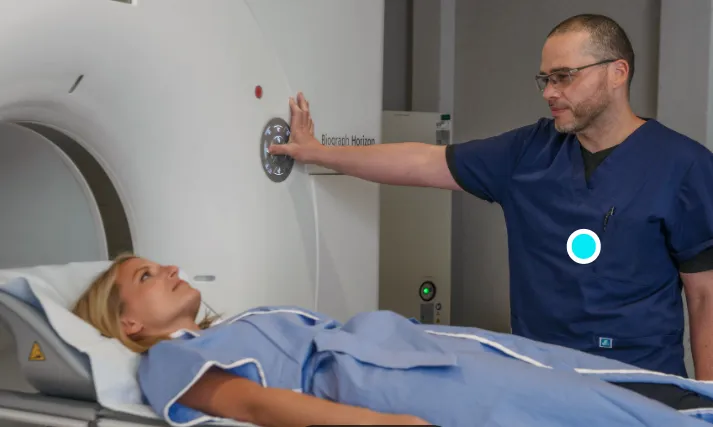
- Computed Tomography (CT):
- Gold standard for complex fractures and bony anatomy
- CT angiography for vascular injuries
- Dual-energy CT for metal artifact reduction in post-operative imaging
- Low-dose protocols reducing radiation exposure
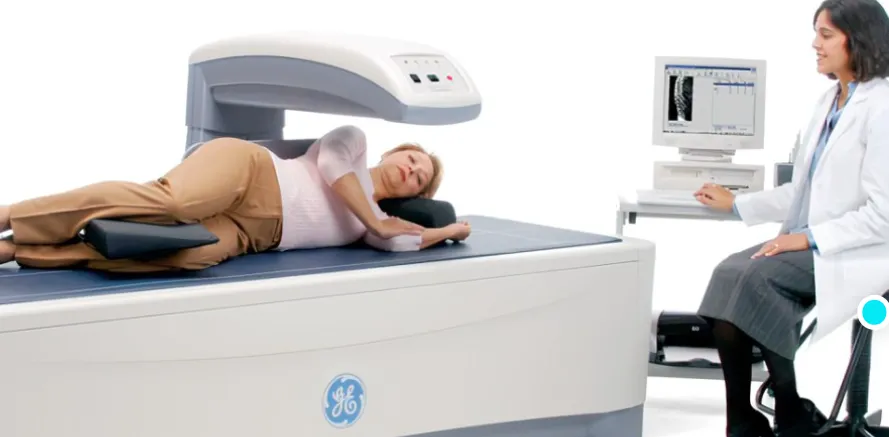
- Bone Densitometry (DEXA):
- The gold standard for osteoporosis diagnosis and fracture risk assessment
- Trabecular Bone Score (TBS) enhancing fracture prediction
- Peripheral quantitative CT (pQCT) for assessing bone microarchitecture
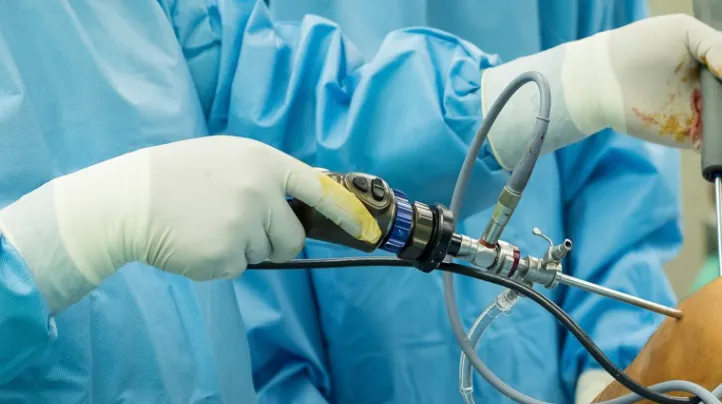
- Arthroscopy:
- The gold standard for direct visualization of intra-articular pathology
- Diagnostic accuracy enhanced by high-definition cameras and displays
- Integration with navigation systems for precise assessment
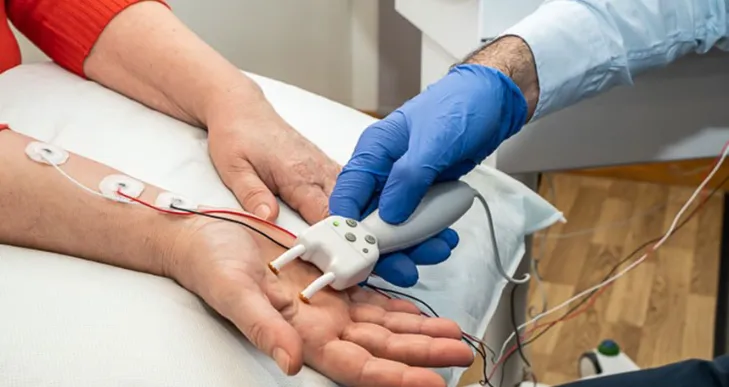
- Electromyography (EMG) and Nerve Conduction Studies:
- Gold standard for diagnosing nerve compression and neuromuscular disorders
- Quantitative EMG improving diagnostic accuracy
- Near-nerve technique for increased sensitivity
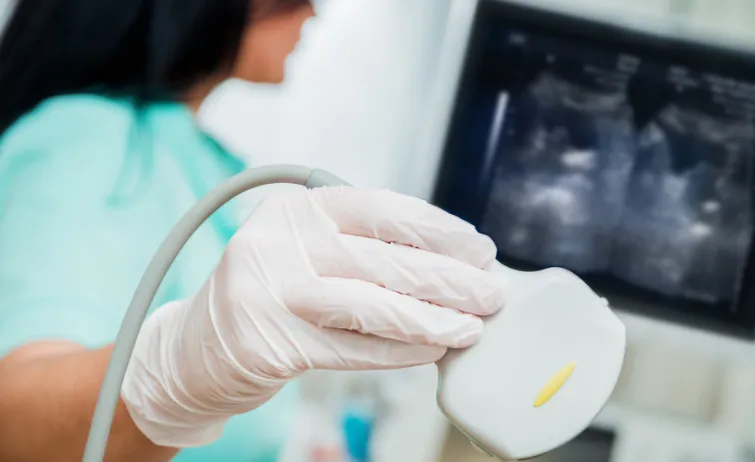
- Ultrasound:
- Emerging gold standard for dynamic assessment of musculoskeletal conditions
- High-resolution probes improving soft tissue visualization
- Power Doppler for assessing inflammation and vascularity

- Nuclear Medicine Studies:
- Bone scans for detecting occult fractures and metastases
- PET-CT for diagnosing and staging musculoskeletal tumors
- SPECT-CT improves the localization of metabolic activity
- Biomarkers:
- Emerging role in diagnosing and monitoring orthopedic conditions
- Specific markers for osteoarthritis (e.g., CTX-II) and bone turnover (e.g., P1NP)
Treatment Methods:
- Total Joint Arthroplasty:
- The gold standard for end-stage osteoarthritis of hip and knee
- Computer-assisted navigation improving implant positioning
- Patient-specific instrumentation and implants
- Robotic-assisted surgery enhancing precision
- Highly cross-linked polyethylene and ceramic bearings improve longevity
- Arthroscopic Procedures:
- The gold standard for many intra-articular pathologies
- ACL reconstruction with anatomic placement of grafts
- All-inside meniscal repair techniques
- Arthroscopic rotator cuff repair with double-row fixation
- Hip arthroscopy for femoroacetabular impingement
- Open Reduction and Internal Fixation (ORIF):
- Gold standard for many displaced fractures
- Minimally invasive plate osteosynthesis (MIPO) techniques
- Locking plate technology improving fixation in osteoporotic bone
- Intramedullary nailing for long bone fractures
- Spinal Procedures:
- Spinal fusion gold standard for certain instabilities and degenerative conditions
- Minimally invasive spine surgery reducing soft tissue trauma
- Disc arthroplasty as an alternative to fusion in select cases
- Vertebroplasty/kyphoplasty for vertebral compression fractures
- Spinal cord stimulation for chronic pain conditions
- Sports Medicine Procedures:
- Arthroscopic bankart repair for shoulder instability
- Meniscus transplantation for young patients with meniscal deficiency
- Osteochondral autograft/allograft transplantation for cartilage defects
- Platelet-rich plasma (PRP) injections for tendinopathies
- Hand and Upper Extremity Procedures:
- Endoscopic carpal tunnel release
- Wide-awake local anesthesia no tourniquet (WALANT) technique for hand surgery
- Arthroplasty for thumb carpometacarpal arthritis
- Tendon transfers for nerve palsies
- Foot and Ankle Procedures:
- Lateral ligament reconstruction for chronic ankle instability
- Total ankle replacement improving as an alternative to fusion
- Minimally invasive percutaneous fixation of calcaneus fractures
- Pediatric Orthopedic Procedures:
- Guided growth techniques for limb length discrepancies and angular deformities
- Pavlik harness treatment for developmental dysplasia of the hip
- Ponseti method for clubfoot correction
Ponseti
- Oncologic Procedures:
- Limb salvage surgery with endoprosthetic reconstruction
- Computer-assisted tumor resection improving margins
- 3D-printed custom implants for complex reconstructions
- Regenerative Medicine:
- Autologous chondrocyte implantation (ACI) for large cartilage defects
- Bone marrow aspirate concentrate (BMAC) for enhancing healing
- Emerging stem cell therapies for various conditions
- Trauma Management:
- Damage control orthopedics for polytrauma patients
- Early total care for isolated orthopedic injuries
- Negative pressure wound therapy for complex soft tissue injuries
- Osteoporosis Management:
- Bisphosphonates as first-line therapy for osteoporosis
- Anabolic agents (e.g., teriparatide) for severe osteoporosis
- Multidisciplinary approach to fracture prevention
It’s crucial to note that while these represent current gold standards, the field of orthopedics is rapidly evolving. Emerging technologies like artificial intelligence for diagnosis, 3D printing for custom implants, and advanced biomaterials are likely to reshape these standards in the coming years. Additionally, there’s an increasing emphasis on patient-reported outcome measures and shared decision-making in determining the most appropriate treatment for each individual.
As orthopedic surgeons, we must continually update our knowledge and skills, critically evaluate new evidence, and tailor our approach to each patient’s unique circumstances to provide optimal care.
Disclaimer:
This article and all articles on this website are for reference only by medical professionals; specific medical problems should be treated promptly. To ensure “originality” and improve delivery efficiency, some articles on this website are AI-generated and machine-translated, which may be inappropriate or even wrong. Please refer to the original English text or leave a message if necessary. Copyright belongs to the original author. If your rights are violated, please contact the backstage to delete them. If you have any questions, please leave a message through the backstage, or leave a message below this article. Thank you!
Like and share, your hands will be left with the fragrance!


